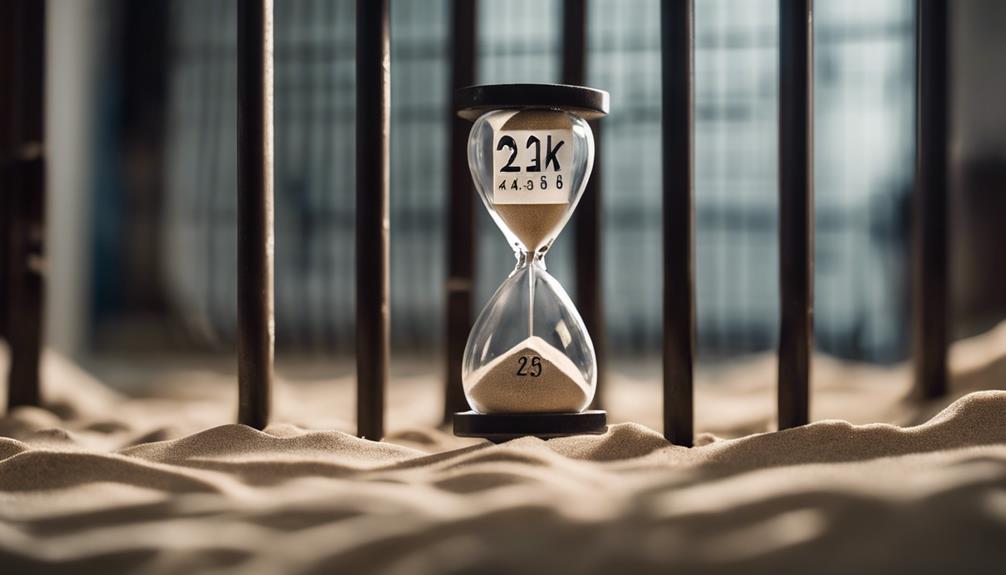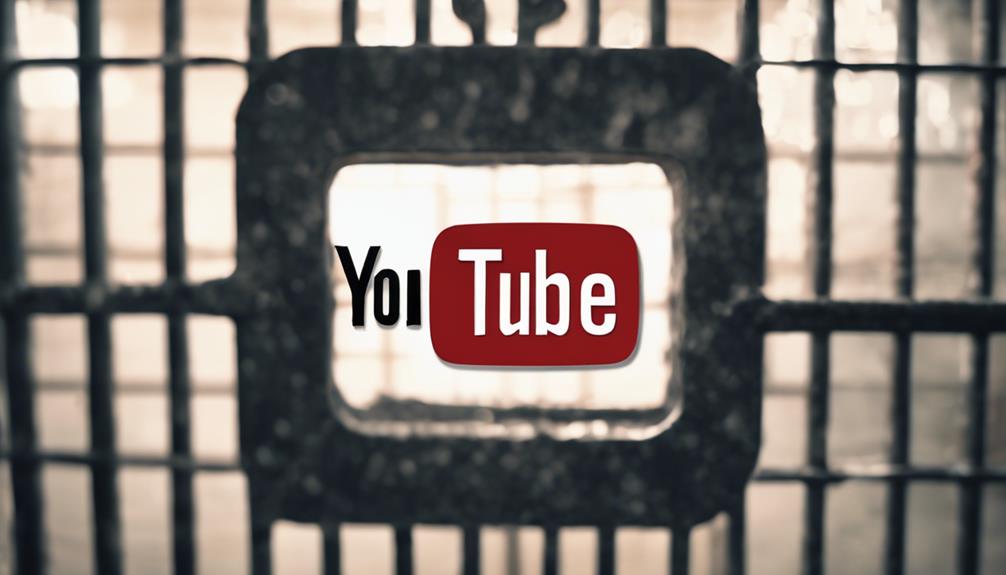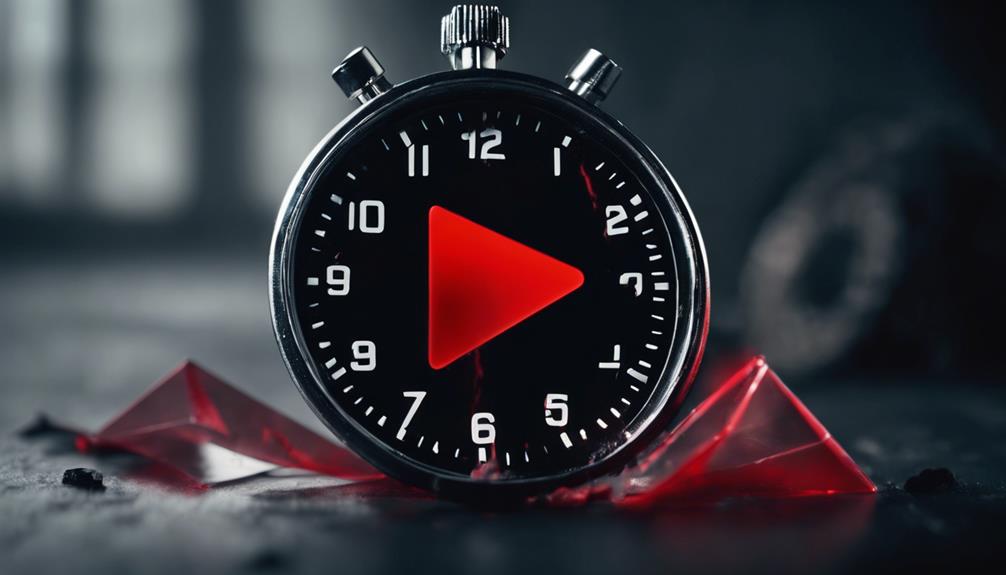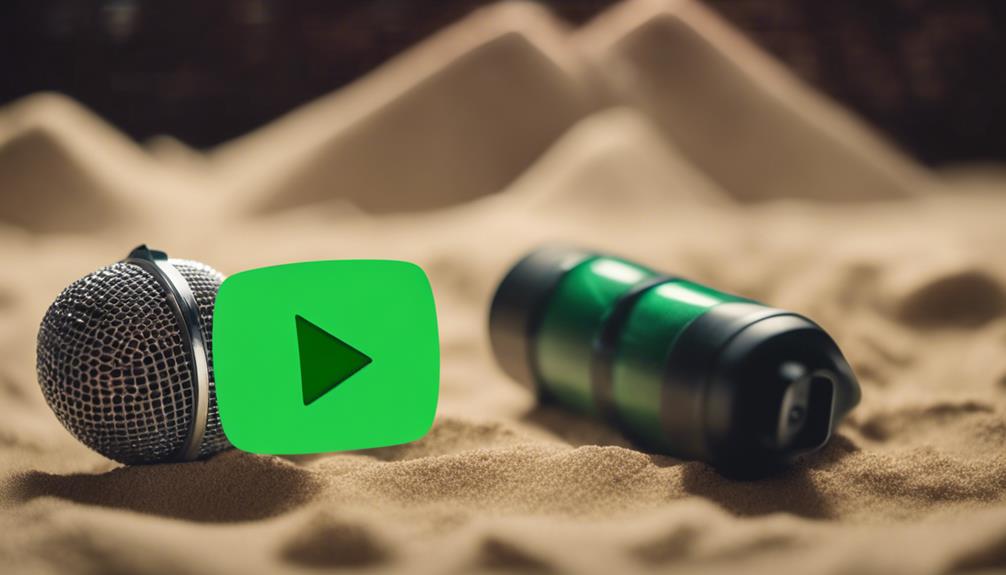
How long does YouTube ban you from commenting?
Imagine a world where you’re forever silenced on your favorite YouTube channels – a grim picture, isn’t it? YouTube’s commenting ban could be your reality if you’re not cautious with your interactions.
You might be wondering how long such a ban might last. Well, the answer is as varied as the reasons for the ban itself. Stick around, as we’re about to explore the fascinating, yet often misunderstood, intricacies of YouTube’s commenting policies.
Key Takeaways
- YouTube comment bans vary in length, from temporary 48-hour bans to long-term bans for severe or repeated violations.
- Channel-specific bans duration can vary and are imposed on users who repeatedly violate regulations.
- The duration of a ban is contingent upon user behavior and the severity of the policy violation.
- Commenting privileges can potentially be restored through a ban appeal process if successful.
Understanding YouTube’s Commenting Policies

To fully comprehend how YouTube’s commenting ban works, you first need to grasp their commenting policies. YouTube strives for policy transparency in its quest to maintain a respectful and safe environment for all users. You’re accountable for every comment you post. Therefore, understanding these policies isn’t just a suggestion, it’s a must.
The central tenet of YouTube’s commenting policy is respect. Any comments that harass, bully, or threaten others are prohibited. Content promoting violence or hatred against individuals or groups, based on attributes such as race, religion, or gender, is also unacceptable. User accountability means you’re responsible for keeping your comments within these boundaries.
YouTube’s policies are built on a foundation of openness and clarity. They’ve created a comprehensive Help Center where you can learn more about their commenting rules, understand the consequences of violating them, and even appeal if you believe a mistake has been made.
Reasons for YouTube Comment Bans
There are several reasons why you might find yourself banned from commenting on YouTube.
This can happen if you violate YouTube’s Community Guidelines, engage in harassment or cyberbullying, or post inappropriate content.
Understanding these reasons can help you avoid such bans in the future.
Violating Community Guidelines
In the realm of YouTube, your commenting privileges can be revoked if you violate the platform’s Community Guidelines. These guidelines are updated regularly, and it’s essential to stay informed. If you find yourself blocked from commenting, it may be due to an infraction, and you’ll want to understand the appeal process.
Participating in the YouTube community requires respect for:
- Community Guideline Updates: Regular updates aim to preserve a positive and inclusive environment.
- Appeal Process: If you’re banned, you have the right to request a review.
- Terms of Service: Ignorance isn’t an excuse, understanding and adhering to the terms is mandatory.
Always strive for positive engagement and keep up with the Community Guideline updates to avoid bans.
Harassment and Cyberbullying
Harassing or cyberbullying others in the comments section is a surefire way to get banned from YouTube. This platform has stringent online etiquette rules to ensure a safe, respectful environment for all users. It’s crucial to understand the consequences of violating these rules.
Cyberbullying laws are increasingly being enforced, with platforms like YouTube leading the charge. If you’re found posting harmful or threatening comments, you’ll be penalized. YouTube’s algorithm, coupled with user reports, are adept at identifying such behavior. This could lead to temporary or even permanent bans, depending on the severity.
Inappropriate Content Posting
Crossing the line into inappropriate content when posting comments is another common cause for YouTube comment bans. YouTube takes content regulation seriously, and you, as a user, have a responsibility to maintain a respectful and safe environment. Posting anything sexually explicit, violent, or hateful can easily land you with a ban.
Here are three types of inappropriate content that can cause bans:
- Profane or obscene language
- Hate speech or discriminatory remarks
- Graphic or disturbing images
It’s vital to stay within the guidelines and think before you post. Remember, you’re part of a global community. How you behave affects not only your ability to participate but also the experience of others. Let’s foster innovation and respect, not negativity.
Types of YouTube Comment Bans
There are three main types of YouTube comment bans that you should be aware of, each carrying its own set of penalties and restrictions. This information is crucial for understanding the gravity of your actions on this platform and exploring possible Comment Ban Appeals and Platform Alternatives.
The first type is a temporary ban, typically lasting for a few days. This ban restricts you from commenting on any video on YouTube. The second type is a long-term ban, which can last for months or even indefinitely. Lastly, there’s a channel-specific ban where you’re only prohibited from commenting on a specific channel’s content.
Here’s a brief overview in tabulated form:
| Type of Ban | Duration |
|---|---|
| Temporary Ban | Few Days |
| Long-Term Ban | Months to Indefinite |
| Channel-Specific Ban | Specific to a Channel |
Short-Term YouTube Comment Bans

Let’s navigate the landscape of short-term YouTube comment bans.
First, you’ll explore what these bans entail and the common reasons leading to them.
Additionally, you’ll gain insights on how to lessen the blow of these temporary restrictions on your engagement.
Understanding Short-Term Bans
To comprehend short-term YouTube comment bans, it’s crucial to know that they typically last 48 hours, marking a brief yet impactful pause in your ability to engage with content. During this ban duration, you’re temporarily silenced, unable to comment, like, or share. However, you can still view and enjoy videos.
An essential part of understanding this ban is recognizing the appeal process. If you believe your ban is unjust, there’s a way to contest it:
- Contact YouTube Support and explain your situation.
- Provide evidence if possible to support your case.
- Wait patiently for a response.
Causes of Comment Bans
Understanding why YouTube might place a short-term ban on your commenting privileges can help you avoid violating policies in the future. Automated banning systems detect and penalize inappropriate behavior. For instance, spamming, hate speech, and harassment might trigger these systems. The appeal process allows you to contest a ban, but recognizing the causes can prevent future issues.
| Cause | Details |
|---|---|
| Spamming | Posting repetitive, irrelevant, or promotional content. |
| Hate Speech | Offensive comments targeting specific groups. |
| Harassment | Threatening or bullying other users. |
| Inappropriate Content | Sharing illicit or violent material. |
Understanding these mechanisms can help you navigate YouTube’s community standards more effectively, fostering a positive digital environment and ensuring your voice remains heard.
Mitigating Comment Ban Impact
If you’re faced with a short-term YouTube comment ban, there are strategies you can employ to minimize the disruption to your online interactions. First, understand the ban appeal process. YouTube, being a user-centric platform, allows for such appeals. Next, take accountability for your actions. User accountability is paramount in such situations.
Here are three innovative ways to navigate this challenging period:
- Engage in other platform features: Utilize likes, shares, and playlists to remain active.
- Learn from the ban: Reflect on the reason for the ban and modify your commenting behavior.
- Connect Off-Platform: Use other social media channels to discuss YouTube content.
Long-Term YouTube Comment Bans

Long-term bans on YouTube comments are serious penalties, typically imposed for repeated or severe violations of the platform’s community guidelines. YouTube’s stringent policies aren’t only aimed at maintaining a respectful and safe environment for all users but also at encouraging positive user behavior.
Your ban appeal process and user behavior analysis are crucial at this stage. YouTube scrutinizes your past interactions and comments on the platform, looking for patterns of abusive or harmful behavior. The duration of long-term bans varies, extending from several months to an indefinite period.
Innovatively, these bans aren’t just punitive, but also rehabilitative. The aim is to deter you from making harmful comments and encourage a shift towards more constructive and respectful interactions.
Remember, maintaining a positive online presence on YouTube involves respecting the platform’s guidelines and the diverse community it hosts. Any deviation from this could result in a long-term comment ban. It’s up to you to ensure your comments contribute positively to the platform.
In essence, long-term bans serve as a crucial corrective measure, prompting you to rethink your online behavior and adhere to the platform’s guidelines for a better YouTube experience.
The Impact of Repeated Violations
While long-term bans act as a wake-up call to alter your online behavior, it’s worth noting that repeated violations can have a far more significant impact on your YouTube experience. Each infraction increases ban duration, making it imperative to understand and follow the platform’s guidelines.
Repeated violations aren’t taken lightly and have the following consequences:
- Ban Duration Escalation: Each subsequent violation increases the duration of the ban, potentially leading to a permanent ban.
- Appeal Process Complexity: The process to appeal a ban becomes more complex and less likely to succeed with repeated violations.
- Channel Suspension: In extreme cases, repeated violations can result in your entire channel being suspended.
It’s crucial to comprehend that YouTube’s system isn’t designed to punish but to promote a healthy and respectful environment. Therefore, understanding the impact of repeated violations is key, as the appeal process won’t always be a viable solution. Emphasize on innovative ways to engage with content while ensuring compliance with the platform’s policies. After all, prevention is better than cure, especially when the cure mightn’t be available.
Repercussions of Severe Violations

Severe violations on YouTube can trigger immediate and heavy repercussions, potentially compromising your channel’s standing and visibility. The ban consequences aren’t limited to comment restrictions; you could face a complete account suspension or permanent termination, depending on the violation’s gravity. This means that all your videos, messages, comments, and playlists may be permanently deleted.
The appeal process, while available, isn’t always successful. YouTube’s stringent policies aim to ensure a safe and respectful platform for all users. If you’ve made a severe violation, it indicates a blatant disregard for these policies, and YouTube may uphold the ban.
However, remember that the appeal process isn’t just a formality. It’s an opportunity for you to demonstrate understanding and remorse for your actions. You need to articulate your comprehension of the rules you’ve broken and your commitment to adhering to them in the future.
The aftermath of such severe violations can be devastating. Your digital footprint gets tarnished, your credibility wanes, and your channel’s growth may hit a roadblock. It’s a high price to pay for a moment’s lapse in judgment, so tread with caution when interacting on YouTube.
How to Avoid Comment Bans
Navigating the intricacies of YouTube’s commenting guidelines can help you steer clear of potential bans. The platform’s Comment Moderation feature is designed to foster a respectful and positive community. By understanding and respecting these guidelines, you’ll not only avoid bans but also contribute to a healthier digital environment.
To avoid crossing the line, consider these pointers:
- Be thoughtful and considerate: While it’s fine to share your views, it’s important to do so respectfully. Avoid offensive or inappropriate language.
- Emphasize Constructive Criticism: If you disagree with something, articulate your points intelligently and respectfully, without resorting to personal attacks or trolling.
- Comply with YouTube’s Community Guidelines: It’s essential to familiarize yourself with these rules to avoid unintentional violations.
Innovation isn’t just about creating new ideas or products; it also involves cultivating a positive and respectful online community. By focusing on constructive dialogue and respecting the boundaries set by YouTube’s Comment Moderation, you’ll not only avoid potential bans but also enhance the quality of interactions on the platform. Remember, your words have power – use them wisely to inspire, encourage, and positively influence others.
Restoring Commenting Privileges After a Ban

Even with the best intentions, you might find yourself banned from commenting on YouTube; understanding how to restore this privilege is crucial. The ban appeal process serves as your ticket to redeeming your commenting rights. You’ll need to tap into your innovative side and devise a compelling case that demonstrates your commitment to abide by YouTube’s community guidelines.
YouTube typically notifies you via email if you’ve been banned. This email contains the option to appeal the ban. You’ll need to fill out a form, explaining why you believe the ban is a mistake or how you plan to change your comment moderation strategies. It’s essential to be honest, concise, and analytical in your appeal. Bring to light any misunderstandings and showcase your understanding of what constitutes acceptable behavior on the platform.
Once your appeal is submitted, YouTube reviews it and makes a decision. If your appeal is successful, your commenting privileges are restored. However, if it’s denied, you may have to wait until the ban period expires. Remember, innovation isn’t just about creating; it’s about correcting and improving too. So, use this opportunity to refine your online communication style.

